|
|
|
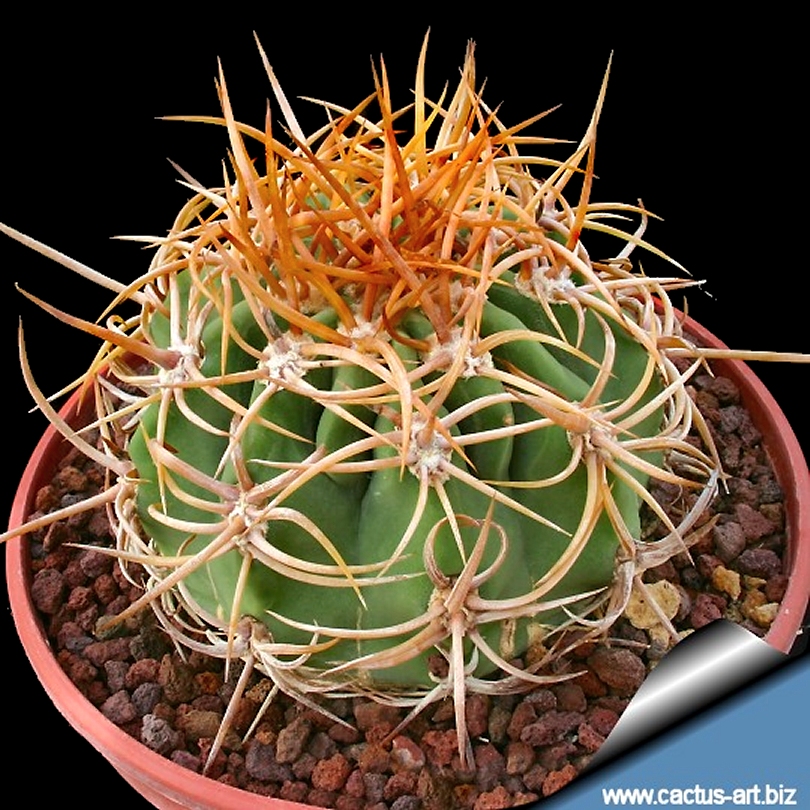
Denmoza rhodacantha "flavispina" is the form with yellowish to
clear amber amber coloured spines.
|
|
Description: Demnozas is a large
slowly growing columnar cactus. It stay
globulous during a long period before becoming shortly
column-shaped, 0.5 to 1.5 cm high.
Stem: The plant's diameter ranges from 15 to 30 cm, the stem
colour varies from pale green to dark green
Ribs: 15 to 30, , parallel straight, slightly undulate, broad
basally up to 1 cm tall.
Areoles: Well spaced at first, later confluent. Flower producing
areoles often bears many long bristles and up to 7 cm long spines.
Radial spines: 8 to 10, usually brownish-red becoming grey, awl
shaped and slightly curved, very different in young and old plants.
There is also a form ("flavispina") with orange-yellow
spines.
Central spines: 1 (But often absent) stouter up to 3 cm long
Flowers: They need to reach a reasonable size in cultivation
before producing their flowers. First flowers appear near the top of the
stem, however, on plants of very unequal age and size, some time on
relatively young plants but also on 30-40 years old specimens! Flowers
are
zygomorphous (bilaterally symmetrical), of a maximum length of 7.5
cm, reddish to bright scarlet in colour and have white hair on the tube.
Floral tube usually curved and slightly dilatated above the pericarpel,
which bears small appressed scales. The flower open sufficiently widely
so that the stigma and red stamen filaments are visible from outside.
Anther exerted at least 10 mm beyond the tube.
Fruit: Globose, dry at maturity, dehiscent with tuft of short
hair-like spines.
|
|
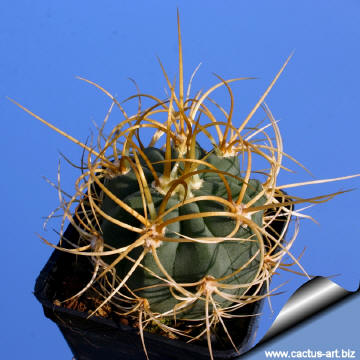 |
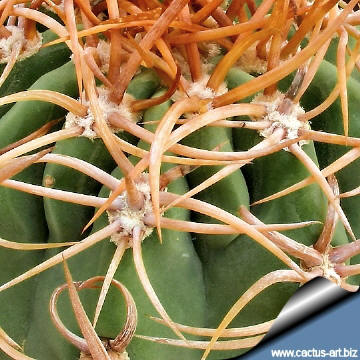 |
|
.
|
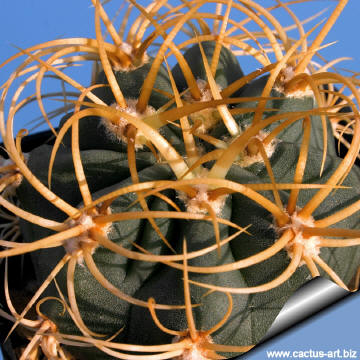 |
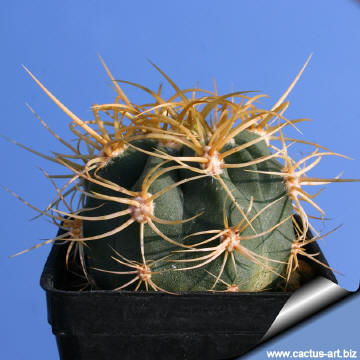 |
|
.
|
|
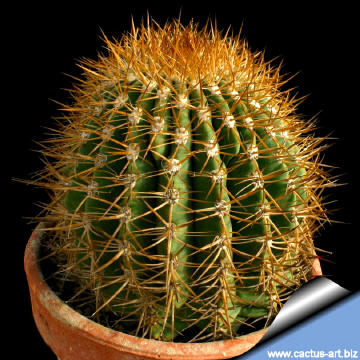 |
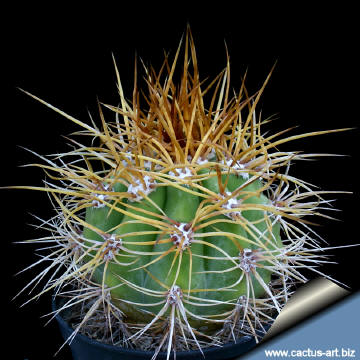 |
|
|
|
|
Family:
Cactaceae (Cactus
Family)
Scientific name: Denmoza rhodacantha, (Salm-Dyck)
Britton & Rose 1922
Origin: Widespread throughout the mountains of Argentina
(Mendoza to Salta) at 2000- 2800 m of elevation.
Habitat: Eastern slopes and foothils.
Conservation status: Listed in
CITES appendix 2.
Etymology: The name of the genus is an anagram of the
north-western province of Mendoza.
Taxonomy: The genus
Denmoza comprises only one
species allied to Cleistocactus, but it has also
been referred to Echinopsis, Cereus,
Echinocactus and Pilocereus.
The plants described as Pilocereus erythrocephalus
and later transferred to Denmoza
has sometimes, for instance by Backeberg, been considered as another
species of the genus. D. rhodacantha
changes considerably in the habit with age. The description of
D. rhodacantha
refers to young plants having strong spines in areoles. Old plants of
the same species with multiple number of spines and sometimes with thin,
6 cm long bristly spines correspond to the description of
D. erythrosepala.
Synonyms:
- Echinocactus rhodacanthus
- Echinopsis rhodacantha
- Cleistocactus rhodacanthus
- Cereus rhodacanthus and erythrocephalus
- Pilocereus erythrocephalus,
- Denmoza erythrocephala
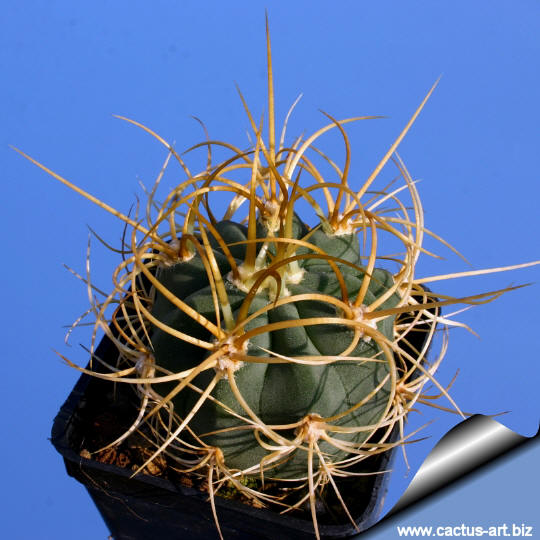
|
|
|
|

A young specimen. Older plants have numerous spines but younger plants
much fewer. The spines on young plants are yellowish to amber in colour,
aging to grey with time.
Cultivation: D. rhodacantha is very slow growing cactus but requires
no special condition in cultivation, need full sun and a very draining
soil.
Photo of conspecific taxa, varieties, forms and cultivars of
Denmoza
rhodacantha:


|
|